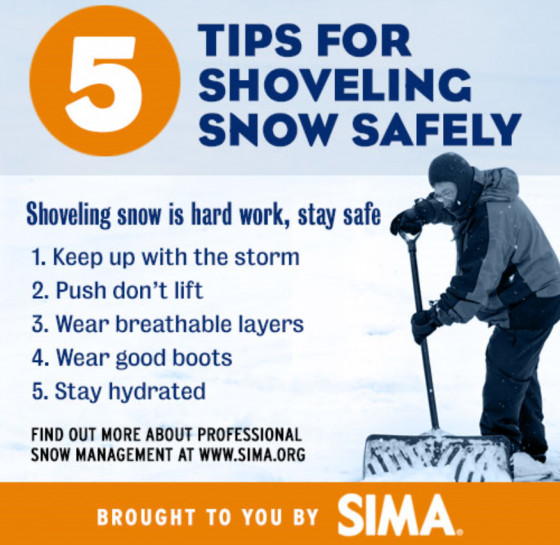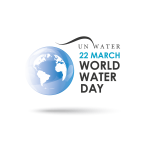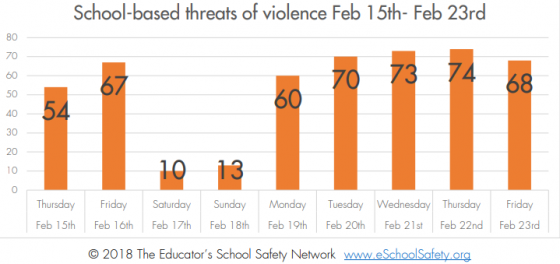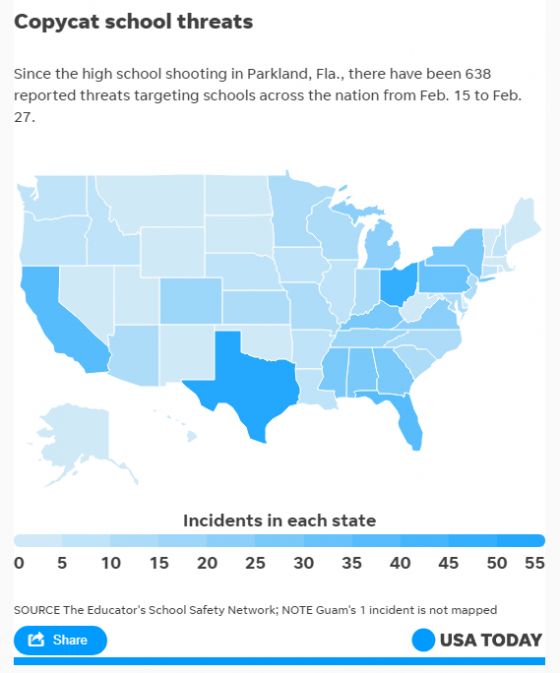 With the northeast hammered by its fourth major snowstorm this month, businesses and property owners in many areas are digging out, breaking out the salt pellets and shovels (just when they were hoping to stash them for the next eight months).
With the northeast hammered by its fourth major snowstorm this month, businesses and property owners in many areas are digging out, breaking out the salt pellets and shovels (just when they were hoping to stash them for the next eight months).
The risk of myocardial infarction rises during snowstorms, especially for someone who is not already physically active. According to the Nationwide Children’s Hospital, snow shoveling leads to about 100 deaths and 11,500 injuries and medical emergencies each year. That is why, to be safe, you and your maintenance worker, or team, should consider some hazards before a dig-out and clearing.
The biomechanics of shoveling are unlike general cardiovascular exercise. In contrast to running or walking, shoveling puts much more stress put on the upper body, as Popular Science noted:
Each time you thrust the snow, the arms rise high, increasing blood pressure further. In addition, you typically perform the Valsalva maneuver: a natural tendency to generate lots of chest pressure without exhaling breathing out (like tennis players do when they hit a ball, or when you push hard against something). This further increases blood pressure.
The American Heart Association (AHA) warns that the potentially lethal combination of intense physical exertion paired with the cold temperatures increases the heart’s workload to sometimes dangerous levels. Some of the AHA’s tips for an incident-free shovel session include frequent breaks, avoiding alcohol and large meals before and after shoveling. The AHA also recommends that you:
- Use a small shovel or a snow thrower. The act of lifting heavy snow can raise blood pressure during the lift. It is safer to lift smaller amounts. When possible, simply push the snow.
- Learn the heart attack warning signs and listen to your body. Even if you’re not sure it’s a heart attack, have it checked out. Carry your cellphone in your pocket and call 911 immediately if you experience any signs of a heart attack.
- Be aware of the dangers of hypothermia. Heart failure causes most deaths in hypothermia. To prevent hypothermia, dress in layers of warm clothing, which traps air between layers forming a protective insulation. Wear a hat because much of the body’s heat can be lost through the head.
Snowy weather often means we don’t always get the nutrients we need from nature. We normally get our daily dose of vitamin D from the sun—which promotes calcium absorption in the stomach and is needed for bone growth and remodeling—but between grayer skies and our need to dress in layers, it may also be advisable to drink a glass of milk or take a supplement to get your dose. Accuweather also cited new research that “decreased exposure to sunlight may factor into the wintertime heart attack equation.”
As the air gets colder, people bundle up before spending time outdoors, leaving less skin to be exposed to the UV rays which aid in the body’s vitamin D production. A vitamin D deficit can accentuate the inflammation of the arteries.
The Snow & Ice Management Association (SIMA) recommends that you:
- Take a few minutes to stretch. Shoveling snow is a workout so you need to stretch to warm up your muscles particularly because you are shoveling snow in the cold weather. Stretching before you start shoveling will help prevent injury and fatigue.
- Push don’t lift. Sounds like something a high school wrestling coach may say but if you push the snow to the side rather than trying to lift the snow to remove it, you exert less energy thereby placing less stress on your body.
- Drink up! Water that is. SIMA recommends taking frequent breaks and staying hydrated. You should drink water as if you were enduring a tough workout at the gym or running five miles.

 Munilla Construction Management rendering of the completed FIU pedestrian bridge.
Munilla Construction Management rendering of the completed FIU pedestrian bridge. On March 22, annual
On March 22, annual 

